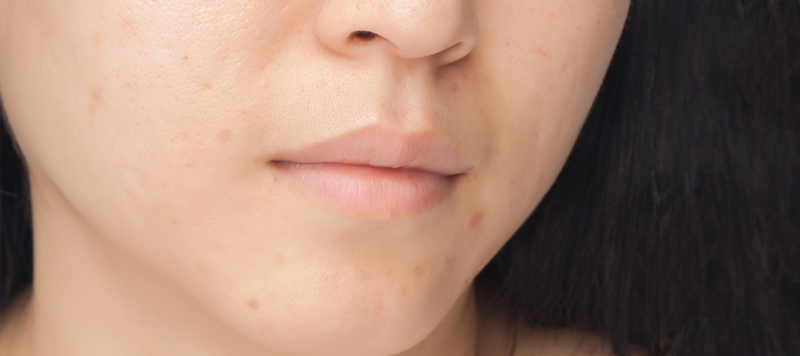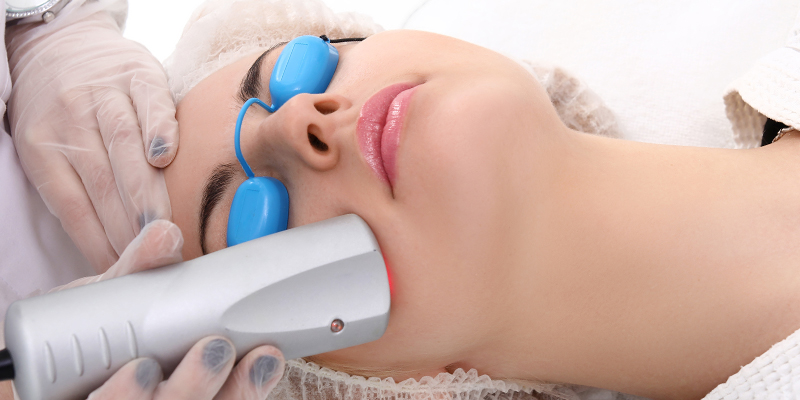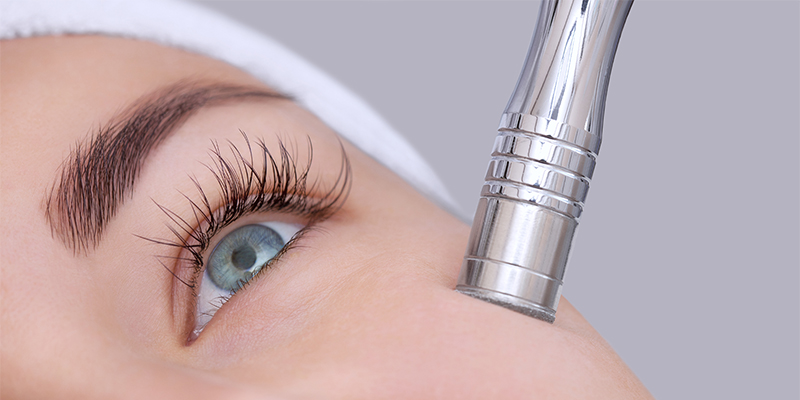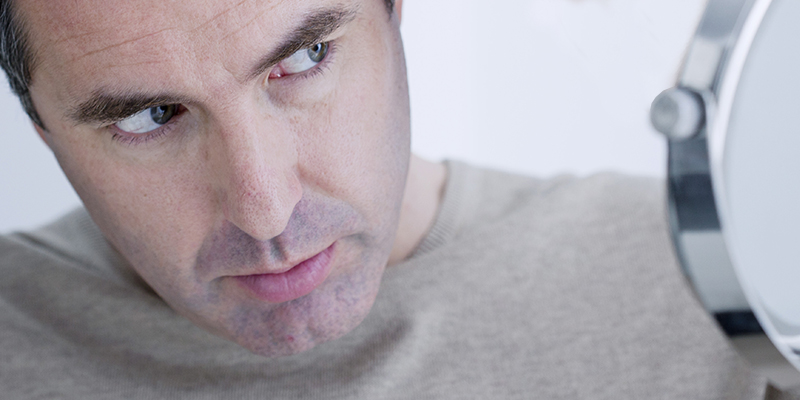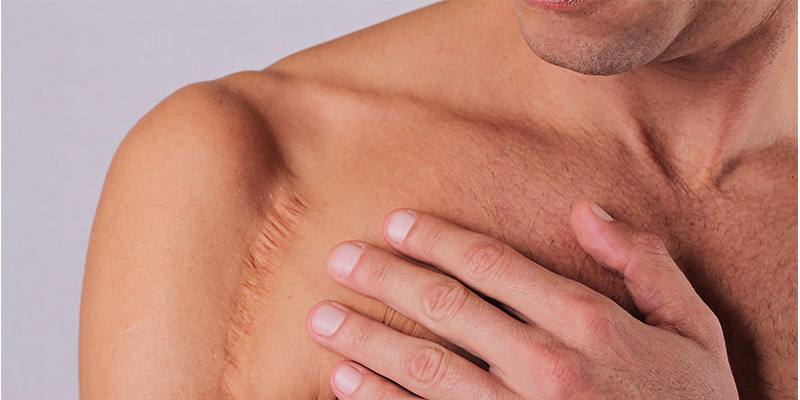How To Remove Acne Scars – Know From A Dermatologist
Acne is unfavorable for all, but when we are cured of it, there is no greater relief. Unfortunately for most of us, acne does not fade away without leaving any scars. There are many ways to remove acne scars permanently. The most effective are cosmetic treatments; they are compatible with all skin types and take less time than other forms of treatments. Read more to understand the several efficient ways to treat acne scars.
What Are Acne Scars?
Acne scars are defined as skin that has suffered from a loss of tissue as well as caused by more/excess tissue due to acne. The former is called as hypertrophic scarring and the latter is referred to as atrophic scarring. There are four categories of acne scars –
- Ice-pick scars
- Boxcar scars
- Rolling scars, and
- Keloid scars
Of these, the first three belong to the atrophic type and keloid scars belong to the hypertrophic type.
Also Read: Effective Treatments For Acne Scar
What Causes Acne Scars?
Scars from acne can be caused by deep trauma afflicted to the skin. Acne scars are primarily caused by –
- Picking, touching, scratching, and squeezing pimples and acne cysts.
- Fading of acne can leave scars due to its natural healing process.
- Improper care and usage of wrong skin care products can cause acne scars.
- Incorrect diagnostic for acne treatment can also lead to scarring and blemishes.
- Inadequate intake of water and junk food can aggravate acne which will lead to scarring.
How To Reduce Acne Scars?
Acne Scar Removal Treatments Advised By Dermatologists
Your dermatologist will plan the treatments according to your specific needs. He/she is experienced and well equipped to treat acne scars. While preparing the suitable plan, the dermatologist will access your skin and the types of scars present, and only then recommend the treatment accordingly. He/she may suggest more than one treatment to remove all the different types of scars.
Here are some cosmetic treatments that are useful in ridding your skin from acne scars –
- Laser Treatment – This is considered the best and most successful method of removing acne scars. It has shown 100% success rate amongst various skin types and scars. The downtime can vary from 1-2 weeks. It can up to six months of treatment to see complete results. There are different types of lasers used – sublative, Nd:YAG, etc. Laser treatment works on all types of scars most effectively. It is best to wait for the acne to heal completely before using this treatment to remove the scars.
- Chemical Peel – This is another successful treatment for acne scars. Chemical peels can be used singularly as well as in a combination to treat various symptoms at once. They are useful in treating both atrophic and hypertrophic scars, although some scars may need a stronger combination of chemicals to remove deep scar tissues. You can see expected results within 6-8 months of treatment. The treatment takes a few minutes to complete as the chemical is applied on freshly clean face and left for 2-8 minutes. Chemical peels have important pre and post-care which needs to be adhered to diligently.
- Microneedling For Acne Scars – This is also known as Collagen Induction Therapy. It is one the best ways to increase collagen production. Microneedling is an excellent way to remove boxcar scars, ice-pick scars, rolling scars, and even some kinds of hypertrophic scars. However, microneedling must never be used on keloids. The treatment entails rolling very short (micro) needles across the skin in a back and forth manner to produce collagen and increase the healing process. This treatment has shown 100% success rate and is a favorite for many dermatologists. Microneedling can be used to treat many symptoms of acne scarring at once.
Also Read: Everything You Need To Know About Radiofrequency(RF) Microneedling
-
- Fillers For Acne Scars – Fillers are a fantastic way of filling deep scars. They can heal both atrophic and hypertrophic scars, although they are not used on skin types that are prone to form keloids. The skin is first treated with local anesthesia, and then injected with a dermal filler to lift or suppress the skin according to the type of scar being treated. It shows immediate results and might take a session or two more to show complete results. Fillers do not have any downtime either. You may experience swelling and redness, which will fade within 3-4 days.
- Intralesional Injections For Acne Scars – This treatment is mainly used for keloids and other hypertrophic scars. Intralesional injections show drastic flattening results on lifted scars and acne nodules within 48-72 hours. The injections contain corticosteroids which can cause side effects in some people; hence doctor’s approval is mandatory before the treatment. The treatment requires the skin to be prepped with anesthesia after which the medicine is injected into the scar tissue to suppress it. Other treatments are required along with these injections to give you the 100% clear skin.
- Punch Excision And Subscision Surgery For Acne Scars – Acne scar surgery includes both Punch Excision and Subscision. This process includes removing the scar tissue completely using surgical blades under the influence of anesthesia. This is a one-time procedure with several weeks of downtime. Scars are cut or removed from the skin and left to heal using appropriate medicines that are applied topically. They are performed by a specialist to treat all types of acne scarring. Subscision is ideal for deep scars that are tethered and puckered, whereas punch excision is used to remove ice-pick scars. Acne surgery is done when all other treatments fail. Such surgeries are often combined with other treatments to give thorough results.
- Skin Tightening For Acne Scar – Not a very popular method of treating acne scars, but none the less it is still very effective. Skin tightening is a process of stimulating new collagen to heal, tighten existing collagen, and reduce the damages done to the skin tissues. It is an excellent way of reducing the depth of atrophic acne scars. The treatment will show immediate results post each session, but it can take up to 6-8 months to remove all scars permanently. It is useful for both types of scars; atrophic and hypertrophic. Scar tightening is done by using lasers to emit light onto the target skin and diminish the scar using heat. This process also tightens the skin which helps in eradicating fine lines and wrinkles, thereby giving you two-in-one treatment.
- Electrodesiccation For Acne Scar – It uses electric probe to heat scar tissues which in turn causes the tissue to die. Electrodesiccation is not considered a useful or effective method of treating acne scars. It has shown little to none success. Although it is, at times, useful in treating boxcar scars. You may need to use another treatment along with Electrodesiccation if you want to see all your scars faded completely.
- Cryosurgery For Acne Scar – Although this is an outdated method of treating acne scars, Cryosurgery has shown little amount of success in healing scar tissues. The procedure is simple, where the upper layer of skin is frozen and the scars tissues are surgically removed. Cryosurgery is useful in removing hypertrophic scars, but shows little improvement in atrophic scars. It has a low success rate which is the reason why dermatologists do not favor this method of removing acne scars when compared to other methods. Acne scars hinder your overall look and lower your self-esteem. There is absolutely no need to feel unattractive when there are so many options available to remove these undesirable scars forever. Visit your local dermatologist and regain your confidence!





